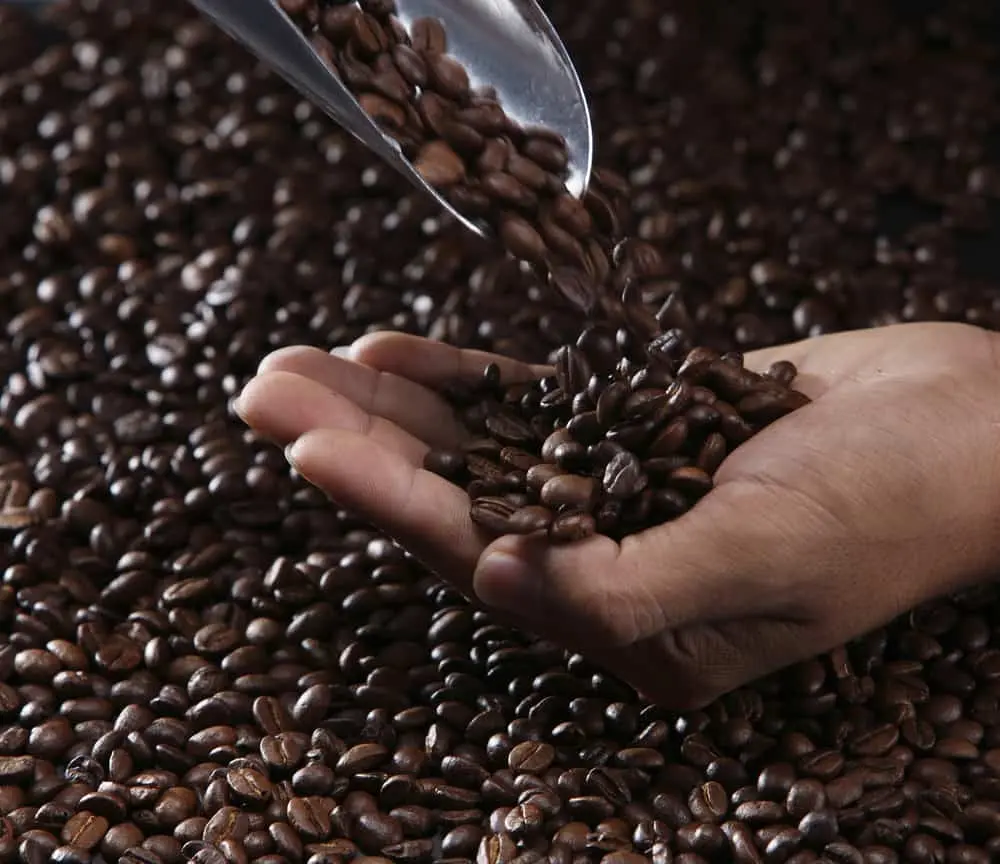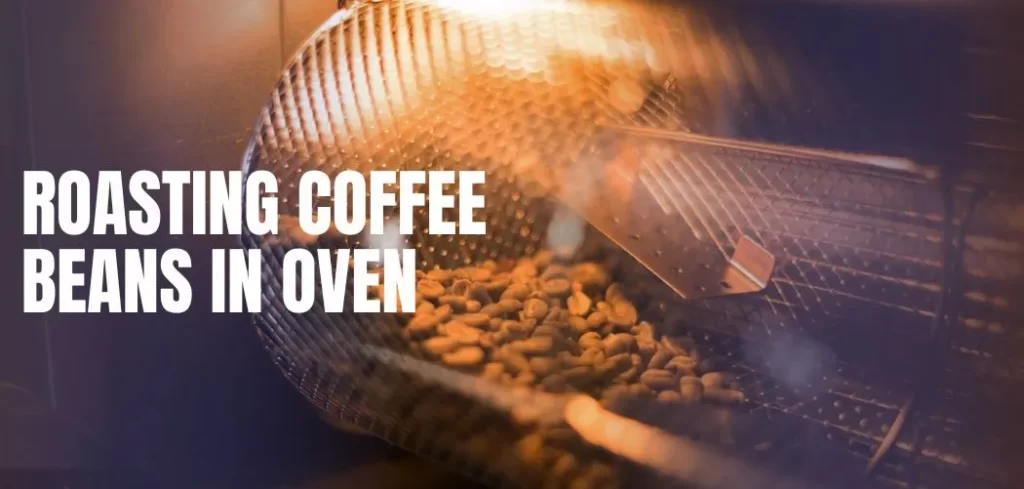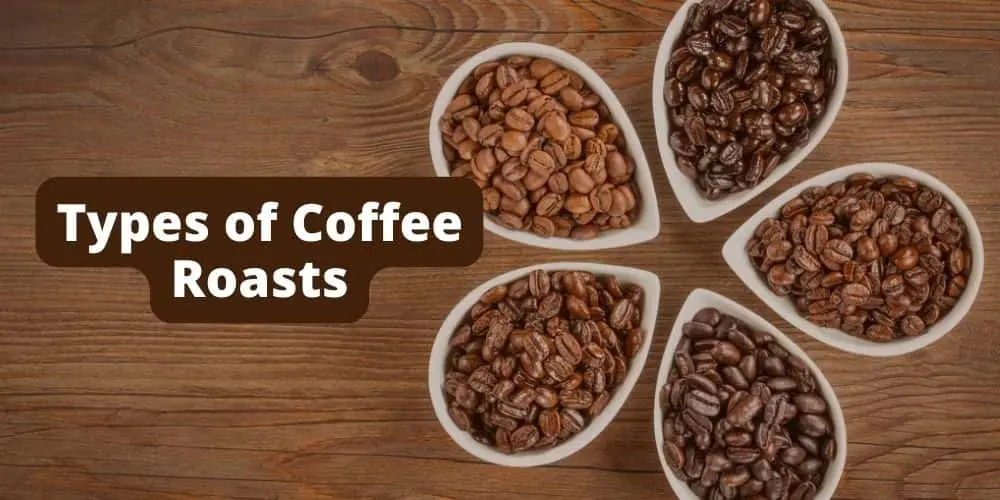Are you a fan of bold and rich coffee flavors? If so, you might be familiar with dark roast coffee beans. Dark roast coffee is characterized by its dark brown color, low acidity, and strong, smoky flavor. But have you ever wondered what goes into making the perfect cup of dark roast coffee?
Roasting is a critical step in the coffee-making process that determines the flavor and aroma of your coffee. The roasting process involves applying heat to raw coffee beans, causing them to undergo a series of chemical changes that transform them from green to brown and unlock their unique flavors and aromas.
In this article, we’ll take a closer look at the art of roasting dark roast coffee beans, including the science behind it, techniques and methods for achieving the desired roast level, and tips for achieving the perfect cup of coffee. Whether you’re a coffee enthusiast or a professional barista, you’ll gain a deeper understanding of the complex process that goes into creating your favorite cup of coffee. So, let’s dive in!
The Science Behind Roasting Dark Roast Coffee Beans
Roasting coffee is a complex chemical process that transforms raw, green coffee beans into the rich, flavorful beans we know and love. The roasting process involves exposing the beans to high heat, causing them to undergo a series of chemical reactions that affect their flavor, aroma, and appearance.
One of the most significant chemical changes that occur during roasting is the Maillard reaction. This reaction occurs when the amino acids and sugars in the coffee beans react to create new compounds that give coffee its characteristic flavors and aromas. The Maillard reaction produces hundreds of different chemical compounds that contribute to the unique flavor profile of each coffee bean.
Another important chemical change that occurs during roasting is the breakdown of chlorogenic acid. This acid is present in coffee beans and is responsible for their acidity. As coffee beans are roasted, the chlorogenic acid breaks down, resulting in a decrease in acidity and an increase in bitterness. This is why dark roast coffee beans are less acidic than light or medium roast coffee beans.
The duration and temperature of the roasting process also play a critical role in determining the flavor and aroma of the coffee beans. During roasting, the beans go through several stages, including drying, browning, and caramelization. As the beans continue to roast, they eventually reach the second crack stage, which is when they begin to release oils and develop a shiny, dark appearance.
The science behind roasting dark roast coffee beans is a complex and fascinating topic. The Maillard reaction, breakdown of chlorogenic acid, and roasting duration and temperature all play a role in creating the unique flavor and aroma of dark roast coffee. By understanding the science behind the roasting process, coffee enthusiasts and baristas alike can gain a deeper appreciation for the art of making the perfect cup of coffee.
Techniques and Methods for Roasting Dark Roast Coffee Beans
Roasting coffee is both an art and a science. While the chemical changes that occur during the roasting process are largely predetermined, the technique and method used to roast the coffee can have a significant impact on the final flavor and aroma of the beans. Here are some techniques and methods for roasting dark roast coffee beans:
1. Time and Temperature Control
Controlling the time and temperature during the roasting process is crucial for achieving the desired roast level. Dark roast coffee beans are typically roasted at temperatures between 430 and 450 degrees Fahrenheit for anywhere from 12 to 15 minutes. However, the exact time and temperature can vary depending on the desired roast level and the type of coffee beans being used.
2. Drum Roasting
Drum roasting is a traditional method of roasting coffee beans that involves rotating the beans in a heated drum. This method allows for consistent heat distribution and airflow, which helps to ensure that the beans roast evenly. Many professional coffee roasters use drum roasting to achieve a consistent and high-quality roast.
3. Air Roasting
Air roasting is a newer method of roasting coffee beans that uses hot air to roast the beans. This method is known for producing a cleaner and more uniform roast than other methods. Air roasting also allows for greater control over the roasting process, making it a popular choice among coffee enthusiasts who prefer to roast their own beans at home.
4. Monitoring the Roast
Regardless of the method used for roasting, it is important to monitor the roast carefully to ensure that the beans do not over or under roast. During the roasting process, the beans will go through several stages, including drying, browning, and caramelization. As the beans continue to roast, they will eventually reach the second crack stage, which is when they begin to release oils and develop a shiny, dark appearance. It is important to stop the roast before the beans become too oily or burnt, as this can negatively impact the flavor and aroma of the coffee.
If you’re interested in roasting your own coffee beans, it’s likely that you’re also interested in brewing the perfect cup of coffee. In fact, roasting your own beans can be a great way to ensure that you’re getting the freshest, highest-quality coffee possible, which can make a big difference in the taste and overall enjoyment of your cup.
That’s why I recommend checking out my guide on dark roast coffee brewing. In that article, I cover everything from choosing the right beans to grinding and brewing techniques that can help you get the most out of your coffee. Whether you’re a beginner or a seasoned coffee aficionado, there’s something in there for everyone.
Technique and method used to roast dark roast coffee beans can have a significant impact on the final flavor and aroma of the coffee. By controlling the time and temperature, using a drum or air roasting method, and carefully monitoring the roast, coffee enthusiasts and baristas can achieve a perfect, rich, and smoky dark roast coffee.
Tips for Roasting Dark Roast Coffee Beans
Roasting dark roast coffee beans is a delicate process that requires careful attention and precision. Here are some tips for achieving a perfect dark roast:

Start with High-Quality Beans
The quality of the beans used for roasting will have a significant impact on the final flavor and aroma of the coffee. For a rich and smoky dark roast, it is important to start with high-quality beans that are fresh and free from defects.
Use a Digital Thermometer
Controlling the temperature during the roasting process is crucial for achieving the desired roast level. To ensure accurate temperature readings, it is recommended to use a digital thermometer. This will allow you to monitor the temperature and adjust the heat source as needed to achieve a consistent and even roast.
Keep the Roasting Environment Clean
Roasting coffee beans can produce a lot of smoke and chaff, which can accumulate in the roasting environment and affect the final flavor of the coffee. To prevent this, it is important to keep the roasting environment clean by regularly removing any accumulated debris.
Experiment with Different Roasting Methods
While drum and air roasting are the most common methods for roasting dark roast coffee beans, there are many other methods that can be used to achieve unique and interesting flavors. For example, some coffee enthusiasts prefer to use a cast iron skillet or a popcorn maker to roast their beans. Experimenting with different roasting methods can be a fun and exciting way to discover new flavor profiles.
Allow the Beans to Rest
After roasting, it is important to allow the beans to rest for at least 24 hours before grinding and brewing. This will allow the beans to degas and develop a more balanced and complex flavor. For best results, store the roasted beans in an airtight container at room temperature.
Roasting dark roast coffee beans requires careful attention and precision, but the results are well worth the effort. By starting with high-quality beans, using a digital thermometer, keeping the roasting environment clean, experimenting with different roasting methods, and allowing the beans to rest, coffee enthusiasts and baristas can achieve a perfect, rich, and smoky dark roast coffee.
Conclusion
Roasting dark roast coffee beans is an art that requires knowledge, experience, and patience. While it may seem intimidating at first, with practice and the right techniques, anyone can achieve a perfect, rich, and smoky dark roast coffee.
Remember to start with high-quality beans, use a digital thermometer, keep the roasting environment clean, experiment with different roasting methods, and allow the beans to rest before grinding and brewing. By following these tips, coffee enthusiasts and baristas can unlock the full potential of their beans and create a truly exceptional cup of coffee.
Whether you prefer a strong espresso, a bold French press, or a smooth pour-over, a well-roasted dark roast coffee can provide the perfect balance of flavors and aromas that will satisfy even the most discerning coffee drinkers.
So go ahead, fire up your roaster, experiment with different techniques and methods, and explore the rich and complex world of dark roast coffee. With a little practice and patience, you can become a master at the art of roasting dark roast coffee beans.
Ronsil
Meet Ronsil, the master barista behind EspressoRivo. With years of experience in the coffee industry, he brings a wealth of knowledge and passion to the table. As the owner of a successful coffee shop, Ronsil is a sought-after adviser in the field. His expertise and love for the craft shines through in every cup he serves. We are honored to have him as part of our team at EspressoRivo






